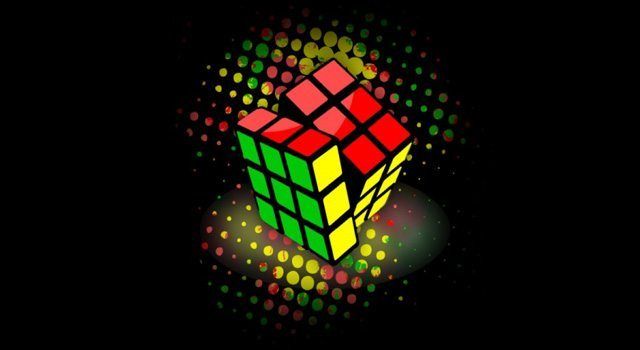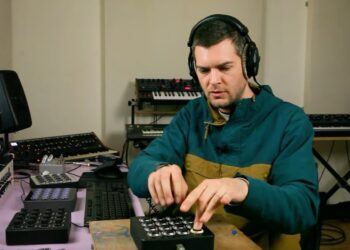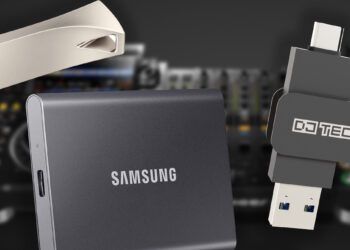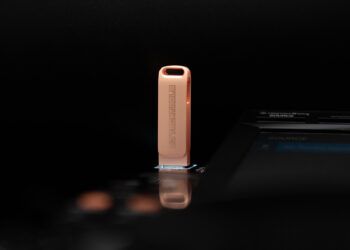Many of you know that I have spent the past 10 years searching for ways to expand the creative possibilities of djing. While mixing 2 songs offer a wold of possibility, many of us wanted to take things further into musical territory. This has taken us through cue-point juggling, crazy effects combinations, complex looping and as of late rhythm sequencing. In today’s video we bring everything together into one simple concept that provides the expressive nature of production, while a dynamic dj environment.
The principles in this video work well in tech house but can be applicable to any form of music. The core value is triggering samples or timed patterns in the same remix deck. This gives you the effects of loops and cue points, all in a single deck.
THE MAGIC INGREDIENTS
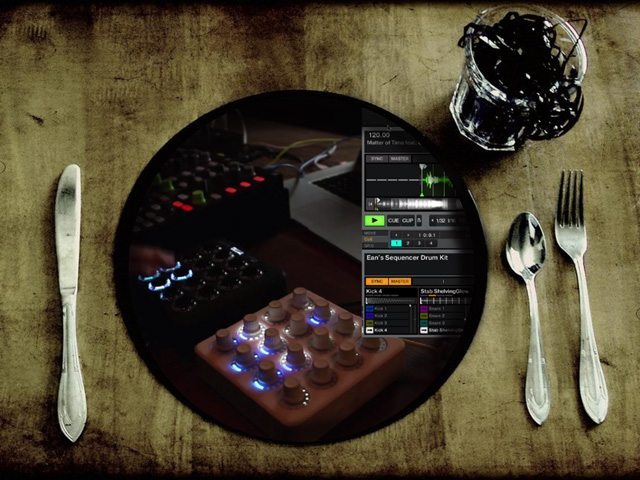
While the exact definition of tech house is a contentious subject, here are a few key elements that will make something that most people agree on.
1. Basic rolling bass line without a clearly defined key
– Usually a 8 count intro loop from a techno song works well here.
2. A nice steady back beat ride.
– You can use a loop, but I like the Midi Fighter Twister Sequencer which can trigger a wide range of rides pitched up and down depending on your taste and the song.
3. A basic stab with shaping ability
– This is the critical part. Almost all classic tech house has a steady stab that moves around the beat telling a story. Take any standard stab sample and load it into a remix cell or into a regular deck with cue points. Use a filter effect to adjust the attack of the stab, and add a large reverb after that effect to extend the sustain.
4. (optional) A Vocal Sample
– A few tasteful vocal samples, ideally someone saying something like “house music, or back in the day before digtal djing..” really make all tech house grooves sound very legit.
– This can be a well timed loop, or another one shot sample played in when desired. The later requires more dexterity but is well worth the effort.
What do you need to make this happen?


